As part of the art showcase for the latest issue of Granta, Britain, artist Laura Oldfield Ford takes us on a walk through the area of London that has been swept aside to make way for the Olympics.
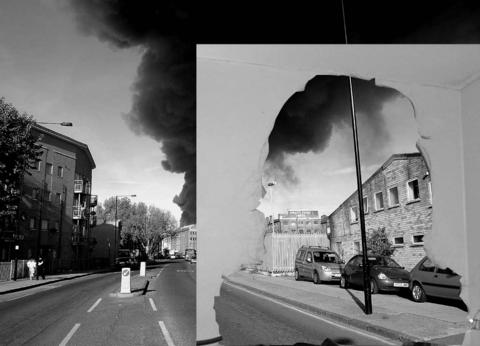
You drift through woodsmoke, bonfires in the forecourt; a stadium collapsing under a bindweed canopy.
My first encounter with the Lea Valley – with the marshes and industrial estates of Stratford, Leyton and Hackney Wick – was through the rave scene of the early 90s.
During this time the area’s transient nature and empty factories and warehouses gave rise to a flourishing free party and squatting scene and with that experiments in other ways of living, of occupying the city, of negotiating and demarcating territories. We moved through a network of squats and nomadic sound systems, Lea Bridge Road, Ferry Lane, Carpenters Road, Homerton High Street, through a warren of abandoned hospitals, warehouses, office blocks and factories. The rapid colonization of the inner cities by the middle classes meant the loss of empty spaces where alternative scenes had existed; areas we had once squatted in like Brixton, Islington and Notting Hill were becoming crowded and increasingly corporate. The Lea Valley stood outside of that. It felt to us like the edge of London.
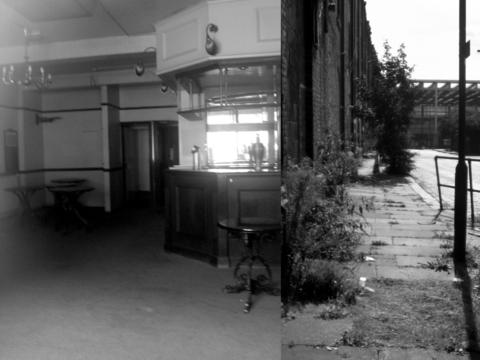
Walls of derelict buildings erupting with fig trees, clematis and passion flower.
The Lower Lea Valley was a place that existed outside the tedious, prescribed behaviours of work, leisure and consumption; it was an unpoliced space, free of surveillance, advertising and retail outlets. It was a ruined landscape where you could remap and remake territory; different zones were demarcated by traveller sites, heaps of tyres, fridge mountains and scorched circles on the ground. Rave, the free party scene, recodified the area. It was a site where a constellation of heightened moments emerged, moments of rupture, euphoria and anxiety. The landscape became imbued with those heightened emotional states; the palette could be sombre, slate grey and burnt umber then lit up suddenly with vivid eruptions of fluorescent pink and acid yellows.
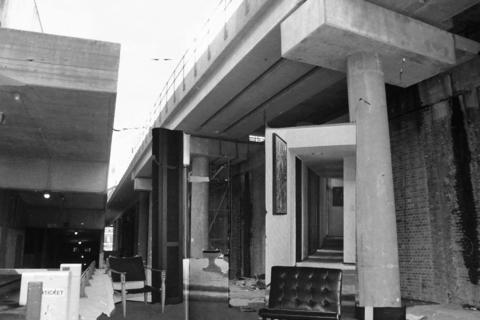
Parched stretches of the canal, music coming from an industrial estate, melting armatures; scorched black circles.
The swathes of boarded-up buildings and scrapyards sometimes seemed bleak and desolate. In the Lower Lea Valley there had been a sense that in the desolation, in the wilderness, new possibilities could emerge. We were young and defining our territory, experimenting with other ways of living, we were reckless and had a radical agenda. This was around the time of the Criminal Justice Bill and the militant resistance to a piece of legislation that effectively outlawed any alternative way of life. We felt that this space, the Lea Valley, was somewhere we could take back and transform.
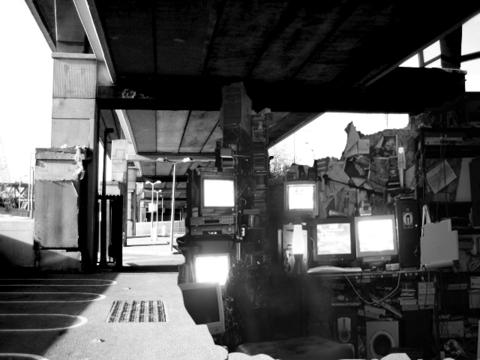
Yards of bust up fruit machines, lock-ups with nicked Dreams beds.
The enclosure of the area felt to many people in East London like an act of aggression. The blue fence and mass construction site of the Olympics seemed totally destructive, almost apocalyptic. The experience of walking along the canal from Bethnal Green to Hackney Wick has altered completely: instead of feeling you are approaching the edge of the city, that moment where the urban gives way to the rural in a distinctly post industrial landscape, you feel hemmed in, suffocated by the hulk Westfield and Athlete’s Village. This area that had once provided precious spaces has been colonized, submerged beneath dull expanses of corporate landscaping.

Round the sweep of the Thames, the island, the towers.
Hackney Wick was that point where the city came apart, gave way to a landscape of ruins, marshes and woodland. As I walk on the Northern Outfall towards Pudding Mill Lane I think of the spectral thickets of sloes and brambles ripped up to create this bland vista of woodchip and low-maintenance perennials . The Olympic site is the archetypal Non-space, a militarized site of corporate occupation. What was once surreal and poetic is now an incoherent sprawl of corporate coffee chains, mega McDonald’s and shopping malls where the cyclical seasons have been replaced by an artificial veneer. Walking around the perimeter of the Olympic site has become an act of remembrance.
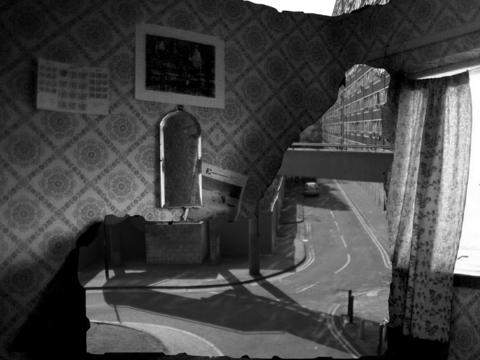
You pass Rinkoffs and that house you always wanted with the interlocking rooftops.
But after the cameras have gone, as the recession grinds on and the Eurozone spirals further into meltdown how will the Lea Valley look in 2013? 2013 is Year Zero, it signifies the beginning of new spaces opening up, of new possibilities emerging from riots and abandoned construction sites. The Masterplan will be eroded by the persistence of nature and the desire of the young to take back territory from the overarching boredom of the Westfield aesthetic . . . I imagine stalled housing projects, empty flats in yuppiedromes across the capital reactivated. I envisage stadia and velodromes covered in ivy, occupied and surrounded by transient and nomadic architecture, like Constant’s New Babylon, moving cities, interlinking, nomadic structures. I think this new ‘park’, the result of a corporate land grab, will, after the two weeks of televized spectacle, return to the physical reality of the wilderness.
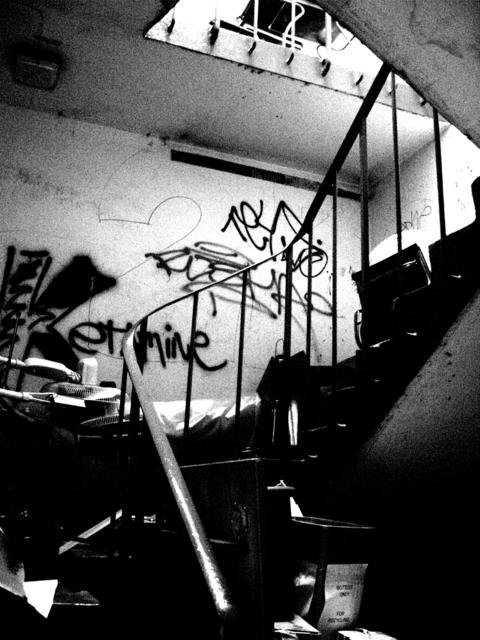
Shells of new cities emerging, from riots and abandoned construction sites.
You can see work by Laura Oldfield Ford in the latest issue of Granta, Britain.


